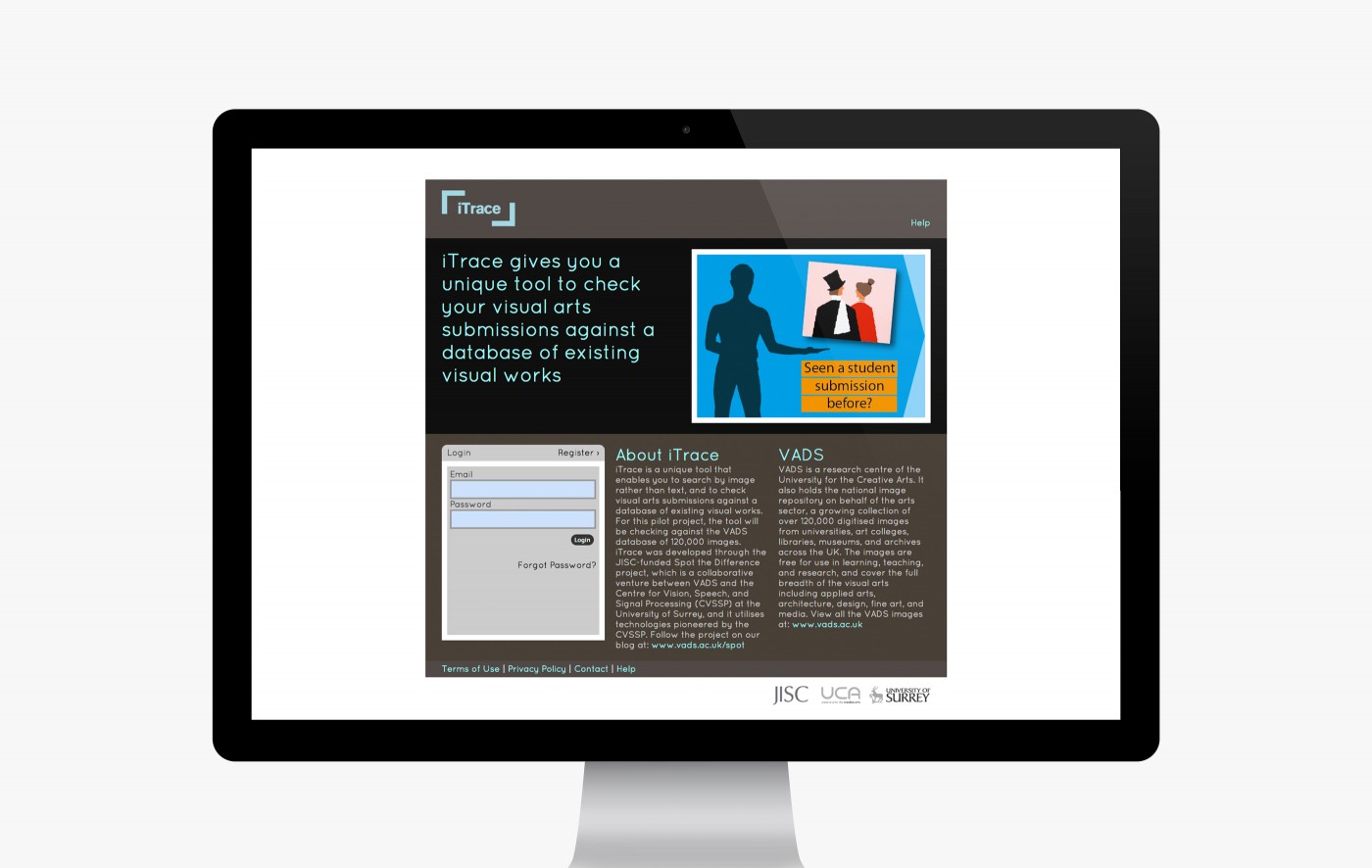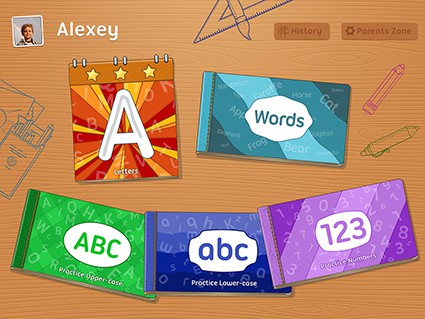

You can draft patterns on it directly, again due to the strength of the paper. I have been using this paper for a long time having tried various other brands/types and can honestly say that it is the best tracing paper available. You can also mark it easily so I make notes on the pattern pieces as I go. It is really robust and great to trace your patterns on to as they will last much longer than just using the paper patterns.

Image Credit: BrianAJackson/iStock/Getty Images. An overview of iTrace and the general process involved in conducting an eye tracking study with human subjects using iTrace is presented in this tool demo paper. This paper is the BEST tracing paper I have ever used. Use transfer paper or a charcoal-rubbing technique to trace images.

Our favourite product for transferring patterns is Swedish tracing paper. One of the advantages is that it is 1m wide so there’s no sticking together of bits of tracing paper that aren’t quite big enough! This is amazing stuff which can be used for tracing off patterns and making toiles. It has good transparency, lies flat, is easy to draw on and easy to apply tape to – I’m a convert! Trans Am Ophthalmol Soc 111: 34–45.My conclusion is that for tracing pattern pieces Patterntrace Swedish Tracing Paper is excellent. (2013) Optical coherence tomography-based corneal power measurement and intraocular lens power calculation following laser vision correction (an American Ophthalmological Society thesis). Huang D, Tang M, Wang L, Zhang X, Armour RL, Gattey DM, et al. Clin Experiment Ophthalmol 34: 640–644.ĭe Bernardo M, Capasso L, Rosa N (2014) Algorithm for the estimation of the corneal power in eyes with previous myopic laser refractive surgery. Curr Eye Res 32: 421–429.Ĭhan CC, Hodge C, Lawless M (2006) Calculation of intraocular lens power after corneal refractive surgery. Langenbucher A, Scholz K, Szentmary N, Seitz B (2007) Calculations of corneal power after corneo-refractive surgery from keratometry and change of spectacle refraction: some considerations on the "clinical history method". Liu Y, Wang Y, Wang Z, Zuo T (2012) Effects of error in radius of curvature on the corneal power measurement before and after laser refractive surgery for myopia. Given that the intraobserver repeatability and interobserver and intersession reproducibility of corneal astigmatism measurements obtained by Topcon KR-1W and iTrace were poor, it should be cautious that Topcon KR-1W and iTrace were applied for the preparation of toric lens implantation. The agreement between Topcon KR-1W and Topolyzer, Topcon KR-1W and IOLMaster, iTrace and Topolyzer, iTrace and IOLMaster, Topcon KR-1W and iTrace were not so good, they should not be interchangeable in clinical application. The Ks, Kf and Km obtained by Topcon KR-1W and iTrace showed excellent intraobserver repeatability and interobserver and intersession reproducibility in normal eyes. The 95% LoA were approximately 1.0 D to 1.5 D for all measurements. The mean differences between Topcon KR-1W, iTrace, and the other 2 devices were small. Statistically significant differences existed between Topcon KR-1W and IOLMaster, Topcon KR-1W and iTrace, Topcon KR-1W and Topolyzer, iTrace and Topolyzer, iTrace and IOLMaster for Ks, Kf and Km measurements (all P < 0.05). However, J0 and J45 showed poor intraobserver repeatability and interobserver and intersession reproducibility (all ICCs not greater than 0.446). Intraobserver repeatability and interobserver and intersession reproducibility of the Ks, Kf and Km showed a CoV of no more than 0.5%, a 2.77Sw of 0.70 D or less, and an ICC of no less than 0.99. Agreements between devices were assessed using Bland-Altman analysis and 95% limits of agreement (LoA). Repeatability and reproducibility of measurements were evaluated by the within-subject standard deviation (Sw), coefficient of variation (CoV), test-retest repeatability (2.77Sw), and intraclass correlation coefficient (ICC). The steep keratometry (Ks), flat keratometry (Kf), mean keratometry (Km), J0 and J45 were analyzed. About one week later, the first observer repeated the measurements using the Topcon KR-1W and iTrace. Another observer performed additional 3 consecutive scans using the Topcon KR-1W and iTrace in the same session. The right eyes of 100 normal subjects were prospectively scanned 3 times using all the 4 devices. To evaluate the repeatability and reproducibility of corneal power measurements obtained by Topcon KR-1W and iTrace, and assess the agreement with measurements obtained by Allegro Topolyzer and IOLMaster.


 0 kommentar(er)
0 kommentar(er)
